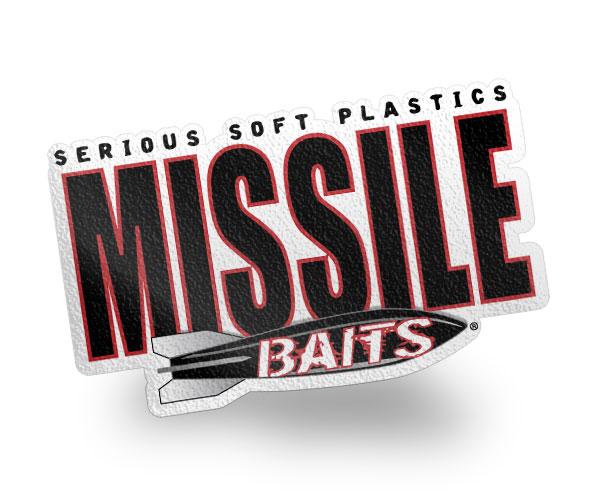Characteristics of Crankbaits

Fishing a crankbait can be one of the most successful techniques for modern bass fishing. These versatile lures can quickly cover a lot of water and are available in a large variety of sizes and colors making it possible for anglers to match the forage of any lake in any season. However there is more to a successful presentation than opening the package, tying one on and then simply casting and retrieving the bait.
The conditions being fished are as important as color, size and depth. The water clarity, temperature, weather all make up the condition that dictates the presentation. Anglers have to be able to choose the best bait for the situation. They find their selves faced with so many questions that must be answered. How do successful anglers select the size? How do they know when to throw a floating or suspending bait? Is there a bait that will catch more bass than another? How and when do you choose a tight wiggle or a wide wobble? These questions make what seems like a simple technique become overwhelming and it doesn’t stop there. What size line should be used? What speed should the lure be retrieved? And what about the presentation? Fast slow or stop and go? Should a bait be used that is silent or one with a rattle? Should it be fished deep or shallow?

Not knowing the answers to these questions is what makes many anglers avoid using crankbaits and this in turn keeps them from the needed versatility to reach their potential on the water. It is the understanding of the characteristics of specific lures and the conditions in which they perform best that separates a decent angler from a great one. The more an angler knows about bass and the lures he chooses is what makes them better. Knowing and understanding the characteristics of a crankbait will help the angler know how to answer the puzzling questions of which size, model and color of bait to use.


Retrieve speed affects the depth at which the bait will dive as well as affects the way the lure swims. The best bet is to watch the lure in clear water and experiment with the speed until the lure performs its best. This is the speed you will want to reproduce on the lake. Once your on the water fishing it is important to vary the speed, while watching the baits reaction.
The speed a bait is retrieved can affect the lures action as well. Action is the motion, the wiggle, the wobble, the movement of the lure. Keep in mind that a steady retrieve of a crankbait only catches a small percentage of bass versus a varied retrieve. You provide the action that can make the difference in the success of a crankbait. The variation of speed and action along with changing sound and water displacement will drive bass crazy.
The buoyancy of a bait is what determines if a bait sinks or floats. A positive buoyancy makes a bait float, and negative buoyancy causes a bait to sink while a neutral buoyancy will allow a bait to suspend. This is what makes a crankbait float to the top, sink to the bottom or remain in between. Understanding the buoyancy of a specific crankbait will help you determine which bait you will need to fish a certain condition.
The crankbait is a classic bait that many anglers are familiar with. The baits that have a wider longer bill will dive even deeper on lighter line. With 10 lb test and a long cast can take these baits as deep as nineteen to twenty feet deep. The body provides a tight wiggle and most is available in both silent and rattling models. All colors will catch some fish some of the time, but at certain times a specific color will produce more fish more often. It is all about matching the forage that the bass are feeding on. Whether it is crawfish, shad or bluegill, matching the most common forage will increase your chances.


Anglers need to understand that there is no magic bait that can catch bass all the time in ever condition. It is awareness of the conditions and an understanding of bass that will make you a good angler. The fundamental understanding of the characteristics of the bait you chose will provide you with a secret weapon on the water called confidence.
Happy Fishing!

